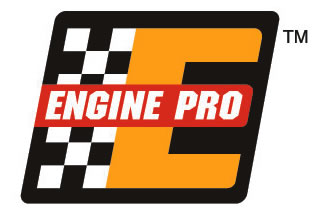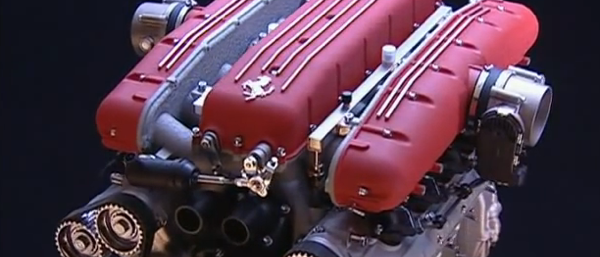Picking a Racing Oil
How do racing oils differ from everyday motor oils? You might think all racing oils are synthetics, but they are not. Some use conventional mineral base oils, others use PAO and ester synthetics, and some are a blend of conventional and synthetic oils. It doesn’t really matter which way a racing oil is created as long as it meets the criteria for which it was designed.
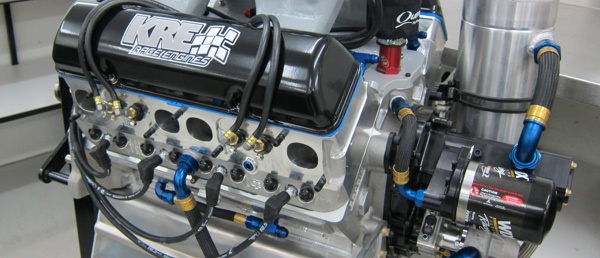
The 392 Magnum V8 Build is a Wrap
The 392 Magnum engine build is a wrap. We’ve done all we can and now it’s going to power someone’s muscle car, hot rod or truck. When all is said-and-done the only things original in this 318 motor are a fully machined block, the cam thrust plate, the fuel pump eccentric and the bolt and washer holding on the harmonic balancer. Everything else is brand new.
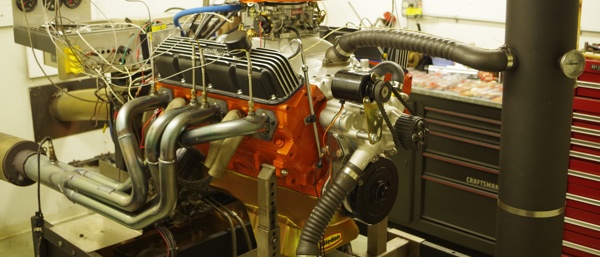
Shop Solutions January 2015
When working with a ball-and-cup type pushrod from an application like a Ford or Chrysler product with adjustable shaft rockers, it is important to know the “effective” length when ordering custom length pushrods. In this case, the effective length is the length from the tip of the ball end to the bottom of the seat cup.
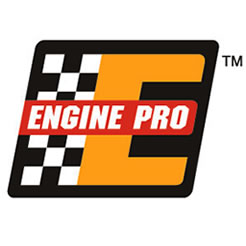
Could Our Cars Get Two Stroke Diesels?
The diesel engine, once only a bastion of trucks and European passenger cars, is becoming more and more popular every year, even here in the United States. Conversely, one technology that isn’t so popular is the two-stroke. After having a solid run in several cars throughout the decades, the two-stroke engine now seems mostly consigned
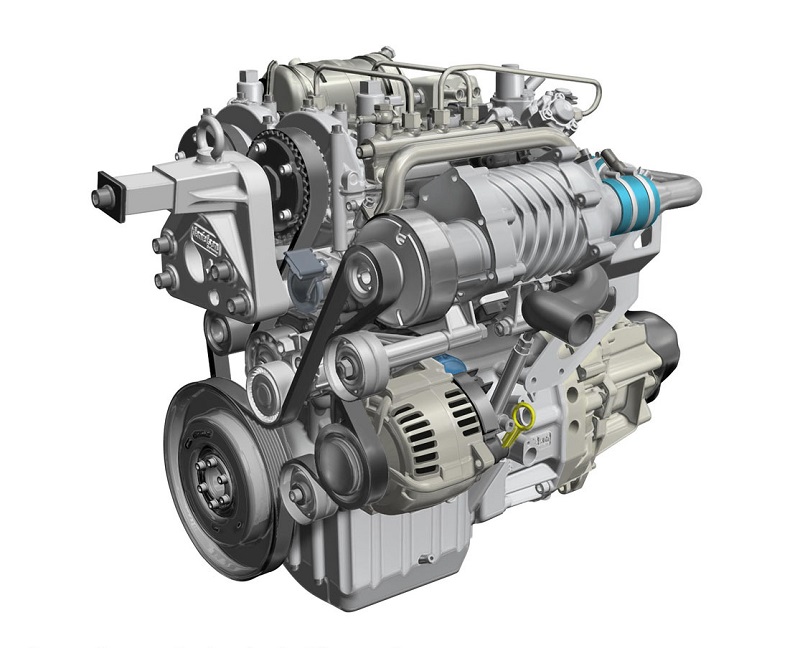
Aqua Allisons – Part 1
The Allison engines were used just about every imaginable way. First, they were used as a single engine, then combined as a pair of them, and even three or four of them-all on a single vehicle. Since their development and release in aircraft in 1930, engine builders following WWII began to pry more power out of them and the rest is history.
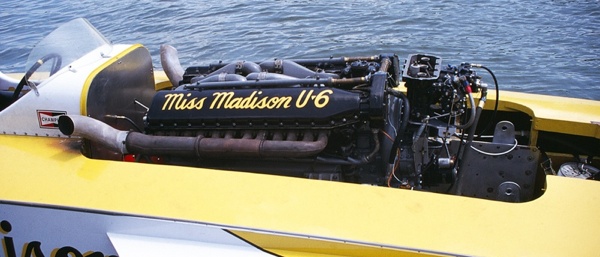
Studebaker Sleeper
A crude-looking ’53 Studebaker drag racing car from Iowa has its share of rust, dings, dents and paint flaws, but under its hood is a one-of-a-kind Pontiac intake manifold that has some very sophisticated engineering behind it. Davenport, IA, resident Jim Allen has owned the Studebaker Starliner Coupe since 1959. It was back in 1964 that he purchased the factory experimental intake to go on the 421-cid Pontiac Super-Duty V8.
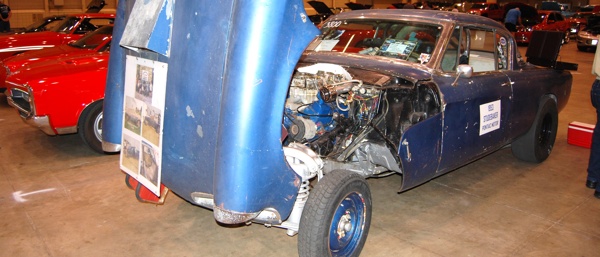
Consider a Dyno/Flow Bench for Your Shop
Any engine builder that is doing performance work or high volume engine building can benefit from owning an engine dynamometer. A dyno is not just a tool for plotting horsepower and torque curves. It’s also a tuning tool for plotting and adjusting fuel mixture and ignition calibration, a quality control tool to assure proper engine break-in, valvetrain adjustments and to verify compression, ring seating and gasket sealing. It can also be used as a performance and/or durability research tool.
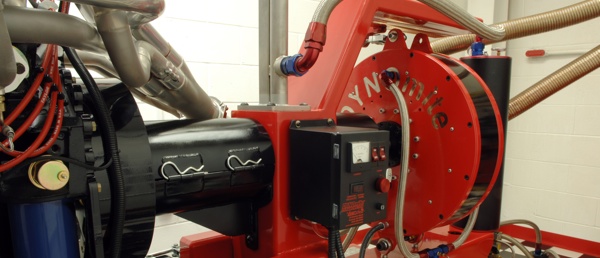
Selecting Pushrods, Rockers and Springs for Your Build
Everybody knows you need the right combination of valvetrain components to maximize an engine’s power potential. The trick is figuring out which components are the “right” ones for a given application. A high revving engine with an aggressive cam needs lightweight rocker arms and stiffer valve springs to keep up with the cam.
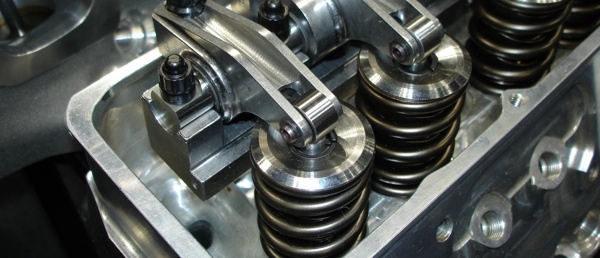
Renault Unveils Two-Stroke Twincharged Diesel Two Cylinder
The automotive industry is a strange place sometimes. That said, most of the new engines being released these days follow quite predictable patterns- either ultra-high compression turbodiesel or hybrid gasoline engines. However, Renault has just surprised us yet again. This surprise came in the form of the “Powerful,” two stroke, two cylinder diesel engine that uses twincharging technology to boost efficiency.
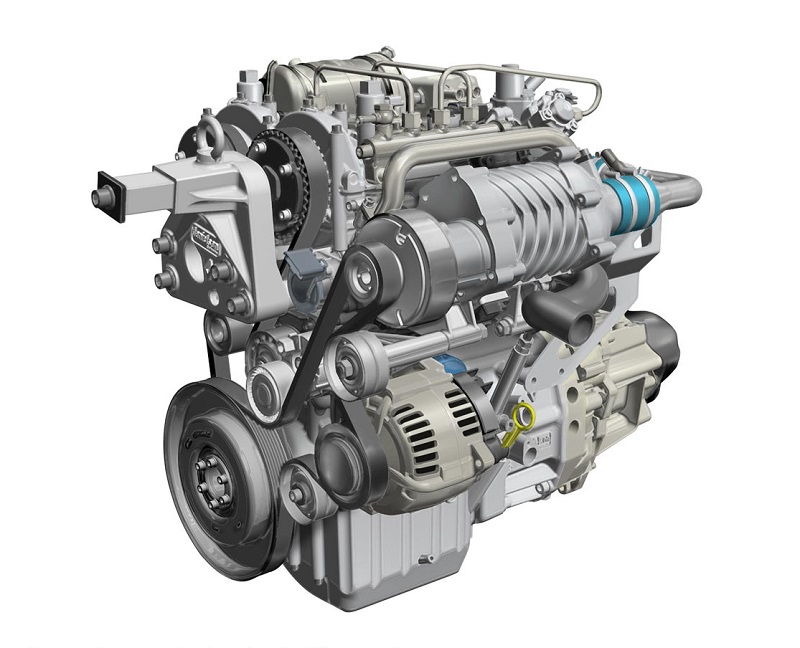
WardsAuto Announces Its 10 Best Engines List
It’s that time again. WardsAuto’s annual 10 Best Engines List has been announced, and this year the list is more diverse than ever. We highlighted four engines on the list to talk about at more detail. WardsAuto editors evaluate engines over a two-month testing period. Engines are selected according to a number of objective and subjective criteria in everyday driving situations.

Shop Solutions – December 2014
In our shop, we don’t have a dyno or engine test stand. We work on a variety of engines from Chevys to Internationals to Continentals, so no engine start stand would suit everything we do. In an effort to find oil leaks, we have started to “smoke” our engines.
